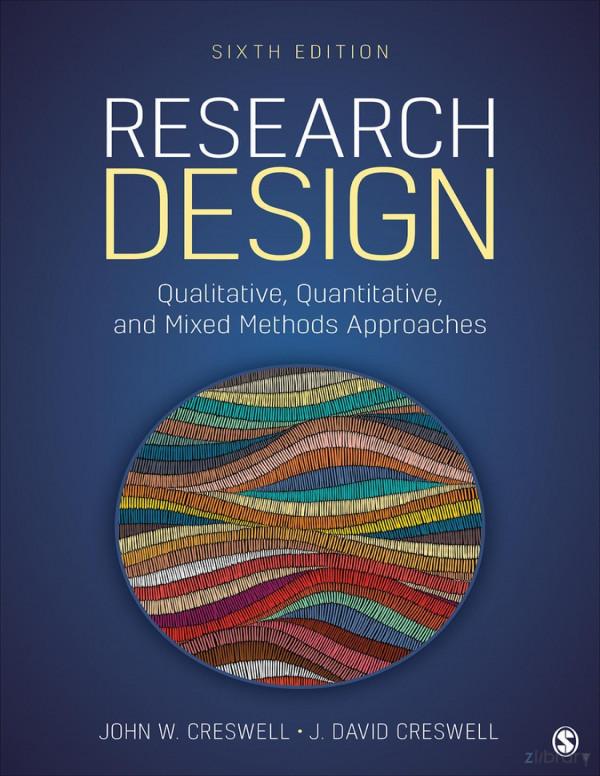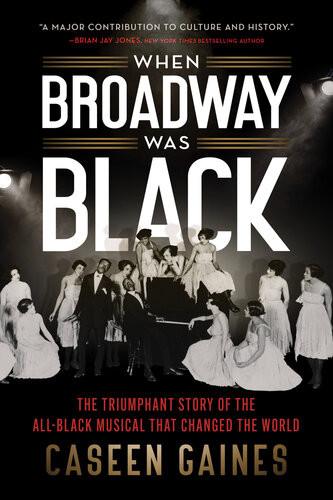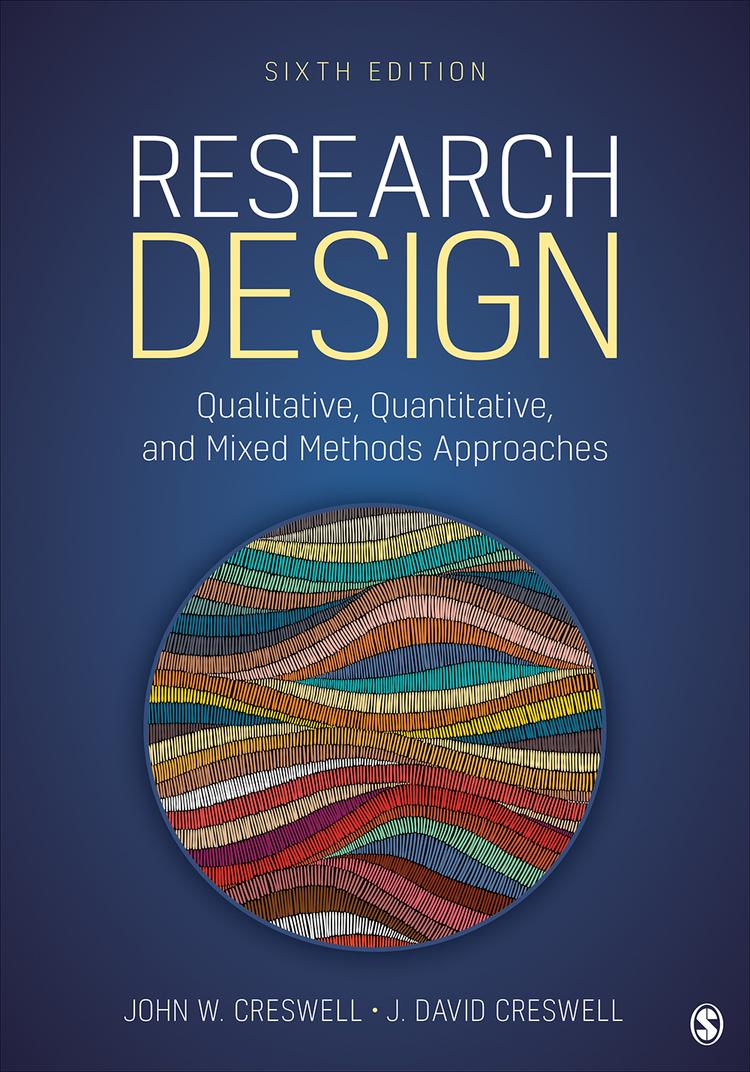DETAILED CONTENTS
Preface
Companion Website
Acknowledgments
About the Authors
PART I PRELIMINARY CONSIDERATIONS
Chapter 1 The Selection of a Research Approach
Learning Objectives
Introducing Key Terms in this Chapter
Three Approaches or Methodologies in Research
Three Major Components of a Research Approach
Philosophical Worldviews
The Postpositivist Worldview
The Constructivist Worldview
The Transformative Worldview
The Pragmatic Worldview
Research Designs
Quantitative Designs
Qualitative Designs
Mixed Methods Designs
Research Methods
Interconnecting Worldviews, Designs, and Methods
Criteria for Selecting a Research Approach
The Research Problem and Questions
Personal Experiences
Audience
Summary
Key Terms
Writing Exercises
Additional Readings
Chapter 2 Review of the Literature
Learning Objectives
Introduction
The Research Topic
A Draft Title
A Significant Topic
The Purpose and Organization of a Literature Review
Purpose of a Literature Review
The Organization of the Literature Review
General Forms
A Qualitative Structure
A Quantitative Structure
A Mixed Methods Structure
Steps in Conducting a Literature Review
Searching the Literature
Computer Databases
Types of Literature
Priority of the Literature
Overall Evaluation Quality
Abstracting the Literature
Components of an Abstract
Theoretical, Conceptual, and Methodological
Abstracts
A Literature Map
Style Manual Use
The Definition of Terms
General Guidelines
Special Terms
► Example 2 2 Defining Terms in a Dissertation
Summary
Key Terms
Writing Exercises
Additional Readings
Chapter 3 The Use of Theory
Learning Objectives
Introduction
The Varied Use of Theory
Quantitative Theory Use
Definition of a Theory in Quantitative Research
Variables in Quantitative Research
Testing Causal Claims in Quantitative Research
Stating Theories in Quantitative Research
Placement of Quantitative Theories
Writing a Quantitative Theoretical Perspective
► Example 3 1 A Quantitative Theory Section
Qualitative Theory Use
Variation in Theory Use in Qualitative Research
Locating the Theory in Qualitative Research
► Example 3.2 A Theory Early in a Qualitative Study
► Example 3.3 Theory at the End of a Qualitative Study
Mixed Methods Theory Use
Types of Mixed Methods Theory Use
Importance of a Theory
Distinctions Between a Theory and a Worldview
A Theoretically Driven Mixed Methods Study
What Theory Informs
► Example 3.4 A Discipline-Based Theory in a Mixed Methods Study
Summary
Key Terms
Writing Exercises
Additional Readings
Chapter 4
Writing Strategies and Ethical Considerations
Learning Objectives
Introduction
Writing the Proposal
Topics Presented in a Proposal
A Qualitative Proposal
► Example 4 1 A Qualitative Constructivist or Interpretivist Format
A Quantitative Proposal
► Example 4.2 A Qualitative Participatory or Social Justice Format
► Example 4.3 A Quantitative Format
A Mixed Methods Proposal
► Example 4.4 A Mixed Methods Format
Designing the Sections of a Proposal
Writing Strategies
The Process
The Habit of Writing
Clear and Concise Writing
Coherence
Voice, Tense, and “Fat”
Ethical Issues
Prior to Beginning the Study
Beginning the Study
Collecting the Data
Analyzing the Data
Reporting, Sharing, and Storing Data
Summary
Key Terms
Writing Exercises
Additional Readings
Chapter 5 The Introduction
Learning Objectives
Introduction to a Study
The Importance of Introductions
An Abstract for a Study
Qualitative, Quantitative, and Mixed Methods
Introductions
A Model for an Introduction
An Illustration of an Introduction
The Research Problem
Evidence From the Literature Justifying the Problem Deficiencies in the Evidence
► Example 5.1 Deficiencies in the Literature— Needed Studies
► Example 5.2 Deficiencies in the Literature—Few Studies
Importance of the Problem for Audiences
► Example 5 3 Significance of the Study Stated in an Introduction to a Quantitative Study
Summary
Key Terms
Writing Exercises
Additional Readings
Chapter 6 The Purpose Statement
Learning Objectives
Introduction
Significance of a Purpose (or Study Aim) Statement
A Qualitative Purpose Statement
► Example 6.1 A Purpose Statement in a Qualitative Phenomenology Study
► Example 6.2 A Purpose Statement in a Qualitative Case Study
► Example 6.3 A Purpose Statement in a Narrative Study
► Example 6 4 A Purpose Statement in a Grounded Theory Study
A Quantitative Purpose Statement
► Example 6.5 A Purpose Statement in a Survey Study
► Example 6.6 A Purpose Statement in a Dissertation Survey Study
► Example 6.7 A Purpose Statement in an Experimental Study
A Mixed Methods Purpose Statement
► Example 6 8 A Convergent Mixed Methods
Purpose Statement
► Example 6.9 An Explanatory Sequential Mixed Methods Purpose Statement
► Example 6.10 An Exploratory Sequential Mixed Methods Purpose Statement
Summary
Key Terms
Writing Exercises
Additional Readings
Chapter 7 Research Questions and Hypotheses
Learning Objectives
Introduction
Quantitative Research Questions and Hypotheses
► Example 7.1 Script for a Descriptive
Quantitative Research Question
► Example 7 2 Script for a Relationship-Oriented
Quantitative Research Question and Directional Hypothesis
► Example 7.3 Example of Quantitative Directional Hypotheses
Qualitative Research Questions
► Example 7.4 A Qualitative Central Question in an Ethnography
► Example 7.5 Qualitative Central Questions in a Case Study
► Example 7.6 Qualitative Sub-Questions
Mixed Methods Research Questions and Hypotheses
► Example 7.7 Statement of Objectives in a Mixed Methods Study
► Example 7.8 Research Questions in a Mixed Methods Study
Summary
Key Terms
Writing Exercises
Additional Readings
Chapter 8 Quantitative Methods
Learning Objectives
Introduction
Putting Quantitative Research in Context
Quantitative Designs
Components of a Survey Study Method Plan
The Survey Design
The Purpose
Rationale for Using the Survey Method
Type of Survey Method
Specify the Form of Data Collection
The Population and Sample
The Population
Sampling Design
Type of Sampling
Population Stratification
Sample Size Determination
Power Analysis
Instrumentation
The Survey Instruments Used to Collect Data
Instruments and Measures
Validity of Scores Using the Instrument
Reliability of Scores on the Instrument
Inter-Rater Reliability
Sample Items
Content of an Instrument
Pilot Testing
Administering the Survey Variables in the Study
Data Analysis
Preregistering the Study Plan
Interpreting Results and Writing a Discussion Section
Reporting Results
Statistical Tests in Survey Research
Practical Evidence
Context of Previous Studies
Components of an Experimental Study Method
Plan
Participants
Recruiting Participants
Random Assignment
Power Analysis for Sample Size
Formal Design Statement
Variables
Independent Variables
Manipulation Check
Dependent Variables
Other Variables
Instrumentation and Materials
Materials
Cover Story
Experimental Procedures
Type of Experiment
► Example 8.1 Pre-Experimental Designs
► Example 8.2 Quasi-Experimental Designs
► Example 8.3 True Experimental Designs
► Example 8.4 Single-Subject Designs
Threats to Validity
Internal Validity
External Validity
The Procedure
Data Analysis
Reporting the Descriptive Statistics
Preliminary Analysis
Inferential Statistical Tests
Factorial Designs
Single-Subject Designs
Preregistering the Study Plan
Interpreting Results and Writing a Discussion
Section
► Example 8.5 An Experimental Method Plan
Summary
Key Terms
Writing Exercises
Additional Readings
Chapter 9 Qualitative Methods
Learning Objectives
Introduction
Putting Qualitative Research Into Context
Participants’ Meanings
Natural Setting
Researcher as Key Instrument
Multiple Sources of Data
Inductive and Deductive Data Analysis
Emergent Design
Reflexivity
Researcher’s Role
A Complex Account
The Approach or Design
Descriptive Methods
Analytic Frameworks
Data Collection Procedures
Sampling and Recruitment
Permissions
Data Collection Types
Ethical Issues
Data Recording Procedures
Observation Protocol or Guide
Interview Protocol
Data Analysis Procedures
Simultaneous Procedures
Winnowing the Data
Using Qualitative Computer Software Programs
Steps in the Analytic Process
Step 1. Organizing and Preparing the Data for Analysis
Step 2. Reading Through All the Data
Step 3. Coding the Data
Step 4 Identifying Themes
Step 5 Developing a Story Line Interpretation
Step 6. Further Analyzing the Data Using an Analytic Framework
Step 7. Representing and Interpreting the Data
Coding the Data
Expected Codes
Surprising Codes
Codes of Unusual or Conceptual Interest
Predetermined Codes
Visual Images as Codes
Interpretation
Validity and Reliability
Defining Qualitative Validity
Validity Strategies
Reliability Strategies
Intercoder Agreement
Qualitative Generalization
Writing the Qualitative Report
Writing Strategies
A Sample Qualitative Method Section
The Qualitative Research Paradigm
The Ethnographic Research Design
The Researcher’s Role
Bounding the Study
Setting Actors
Events
Processes
Ethical Considerations
Data Collection Strategies
Data Analysis Procedures
Verification
Reporting the Findings
Summary
Key Terms
Writing Exercises
Additional Readings
Chapter 10 Mixed Methods Procedures
Learning Objectives
Introduction
Putting Mixed Methods Research in Perspective
Characteristics of Mixed Methods Research
Justification for Using Mixed Methods Research
Definitions of Mixed Methods Terms
Open- and Closed-Ended Data
Research Design
Integration
Joint Display
Metainferences
The Process of Conducting a Mixed Methods Study
Quantitative and Qualitative Data Collection
Core Mixed Methods Designs
The Convergent Mixed Methods Design
Explanatory Sequential Mixed Methods Design
Exploratory Sequential Mixed Methods Design
Complex Mixed Methods Designs
Types of Complex Designs
Development of Complex Designs
Examples of Complex Designs
Incorporating Core Designs Into Complex Designs
Factors Important in Choosing a Mixed Methods Design
Choice Based on Intent and Procedures
Other Reasons for Choosing a Design
Popular Designs in a Field or Discipline
The Single Researcher Versus a Team
Choice of Design by Advisers or Mentors
Secondary Reasons for a Choice Examples of Mixed Methods Procedures
► Example 10.1 A Convergent Mixed Methods Design
► Example 10.2 An Explanatory Sequential Mixed Methods Design
► Example 10.3 An Exploratory Sequential Mixed Methods Design
► Example 10.4 Social Justice Design
Summary
Key Terms
Writing Exercises
Additional Readings
Glossary
References
Author Index
Subject Index
PREFACE PURPOSE
This book advances a framework, a process, and compositional approaches for designing a proposal or research project for qualitative, quantitative, and mixed methods research in the human, health, and social sciences. The ascendency of qualitative research, the emergence of mixed methods approaches, and the growth of quantitative designs have created a need for this book’s unique comparison of the three approaches to inquiry. This comparison begins with preliminary philosophical assumptions for all three approaches, a review of the literature, an assessment of the use of theory and conceptual frameworks in research approaches, and reflections about the importance of writing and ethics in scholarly inquiry. The book then addresses the key elements in the process of designing and conducting a research project: writing an introduction; stating a purpose or research aims for the study; identifying research questions and hypotheses; and advancing methods and procedures for data collection, analysis, and interpretation. At each step in this process, the reader is taken through qualitative, quantitative, and mixed methods approaches.
AUDIENCE
This book is intended for students and faculty who seek assistance in preparing a plan, proposal, or research project for a scholarly journal article, a dissertation, a thesis, or an application for funding. At a broader level, the book may be useful as both a reference book and a textbook for courses in research methods. To best take advantage of the design features in this book, the reader needs a basic familiarity with qualitative and quantitative research; however, terms will be explained and defined and recommended strategies advanced for those needing introductory assistance in the design process. Highlighted terms in the text and a glossary of the terms at the back of the book provide a working language for understanding research. This book also is intended for a broad audience in the human, health,
and social sciences. Readers’ comments from the past five editions suggest that individuals using the book come from many disciplines and fields. We hope that researchers in fields such as marketing, management, criminal justice, communication studies, psychology, sociology, K–12 education, higher and postsecondary education, nursing, family medicine, health services research, global health, behavioral health, urban studies, family research, and other fields of study will find this sixth edition useful.
FORMAT
In each chapter, we share examples drawn from varied disciplines. We drew examples from books, journal articles, dissertation proposals, and dissertations. Although our primary specializations are educational psychology, the health sciences, and psychology, the illustrations are inclusive of many fields. They reflect issues in social justice and examples of studies with marginalized individuals in our society as well as the traditional samples and populations studied by researchers. Inclusiveness also extends to methodological pluralism in research today, and the discussion incorporates alternative philosophical ideas, diverse modes of inquiry, and numerous procedures.
This book is not a detailed method text; instead, we highlight the essential features of research design. We have attempted to reduce research to its core ideas so that researchers can plan a thorough and thoughtful study. The coverage of research designs is limited to frequently used forms: surveys and experiments in quantitative research; narrative research, phenomenology, grounded theory, ethnography, and case studies in qualitative research; and convergent, explanatory sequential, and exploratory sequential designs in mixed methods research. Although students preparing a dissertation proposal should find this book helpful, topics related to the politics of presenting and negotiating a study with review committees are addressed thoroughly in other texts.
Consistent with accepted conventions of scholarly writing, we have tried to eliminate any words or examples that convey a discriminatory (e g , sexist or ethnic) orientation Examples were selected to provide a full range of gender and cultural orientations. Throughout the text we do not favor either qualitative or quantitative research. Indeed, we
have intentionally altered the order of qualitative and quantitative examples throughout the book. Readers should also note in the longer examples cited in this book many references made to other writings. We cite only references we use in this book, not the entire list of references embedded within examples. As with earlier editions, we have maintained features to enhance the readability and understandability of the material: bullets to emphasize key points, numbered points to stress key steps in a process, and longer examples of complete passages with annotations to highlight key research ideas.
NEW FEATURES IN THE SIXTH EDITION
In this sixth edition of the book, we have added new features in response to reviewers’ comments and emerging trends in research methods: We offer more inclusive and supportive language in our discussions throughout the book.
New tables and figures clarify content, such as the difference between a research problem, a purpose or aim, and a research question.
Research methods is a living and evolving science. We updated the text to capture new trends and include new references to bring a state-of-the-art discussion to the book.
Each chapter now begins with learning objectives.
We have reorganized and added a number of new features to the quantitative methods chapter.
The structure of the three methods chapters—quantitative, qualitative, and mixed methods—now show a similar and consistent sequence of method topics.
As in previous editions, we alternate starting with quantitative research and then qualitative research to give preference to both approaches.
The chapter on mixed methods research reflects updated content and current views.
Throughout the text we inserted new, updated examples.
We added tables in a couple of the chapters to define key terms needed by the reader. We recognize that mixed methods research has its own unique terminology.
We have clarified and improved the writing exercises to help readers better achieve learning objectives.
OUTLINE OF THE CHAPTERS
This book is divided into two parts. Part I comprises steps that researchers need to consider before they develop their proposals or plans for research. Part II discusses the sections used to develop a scholarly research proposal for a thesis, dissertation, or a research report.














